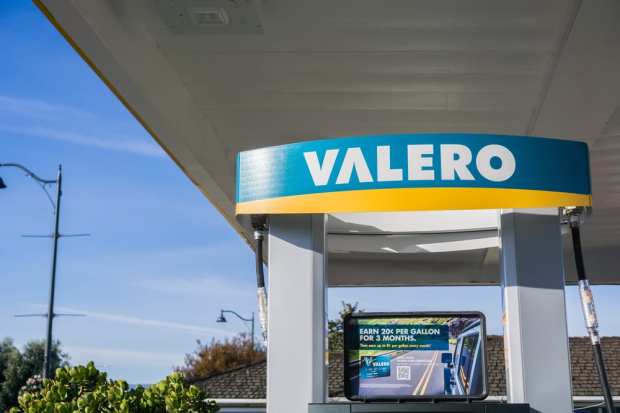WEX Broadens Fleet Card Portfolio With Valero

Commercial payments technology company WEX announced on Monday (Dec. 16) that it has reached an agreement to manage Valero Energy‘s fleet fuel card program, according to a press release.
In a plan slated to go live by the second quarter of 2020, WEX has agreed to manage Valero’s fleet card program, and introduce the ability for current customers of Valero’s fleet card products to make mobile payments. Their agreement builds upon an existing card acceptance partnership between WEX and Valero, the firms noted.
“We’re excited for the addition of Valero to WEX’s commercial fuel card portfolio, and look forward to deepening the brand’s value in its core markets,” said WEX Senior Vice President of Global Partners Brian Fournier in a statement. “This relationship positions us to help Valero grow commercial volume by providing best-in-class technology, sales and marketing to Valero’s commercial programs, offering its fleet card customers a number of services and conveniences [that] they have not had in the past.”
Collaboration is an important part of WEX’s market strategy. Last month, the company announced a partnership with accounts payable solution provider Billtrust by joining its Business Payments Network, enabling WEX to connect its business customers to Billtrust’s own B2B payment solutions.
In September, WEX announced a separate initiative to strengthen its position with financial institution (FI) clients, launching a new business segment under its Corporate Payments division. At the time, WEX said it already processed nearly $70 billion in transactions on its platform, with nearly half of that volume on behalf of FIs. The company said it aims to strengthen its ability to service this customer segment, and expand service offerings for FIs, through the development of cloud-based solutions.
Earlier this year, WEX President of Corporate Payments Jay Dearborn spoke with PYMNTS about FIs’ unwavering role in the commercial payments landscape.
“With the FIs, they have been around for more than 100 years,” he said. “This is the incumbent banking system, and they aren’t going anywhere soon. They’re learning how to partner with technology.”
